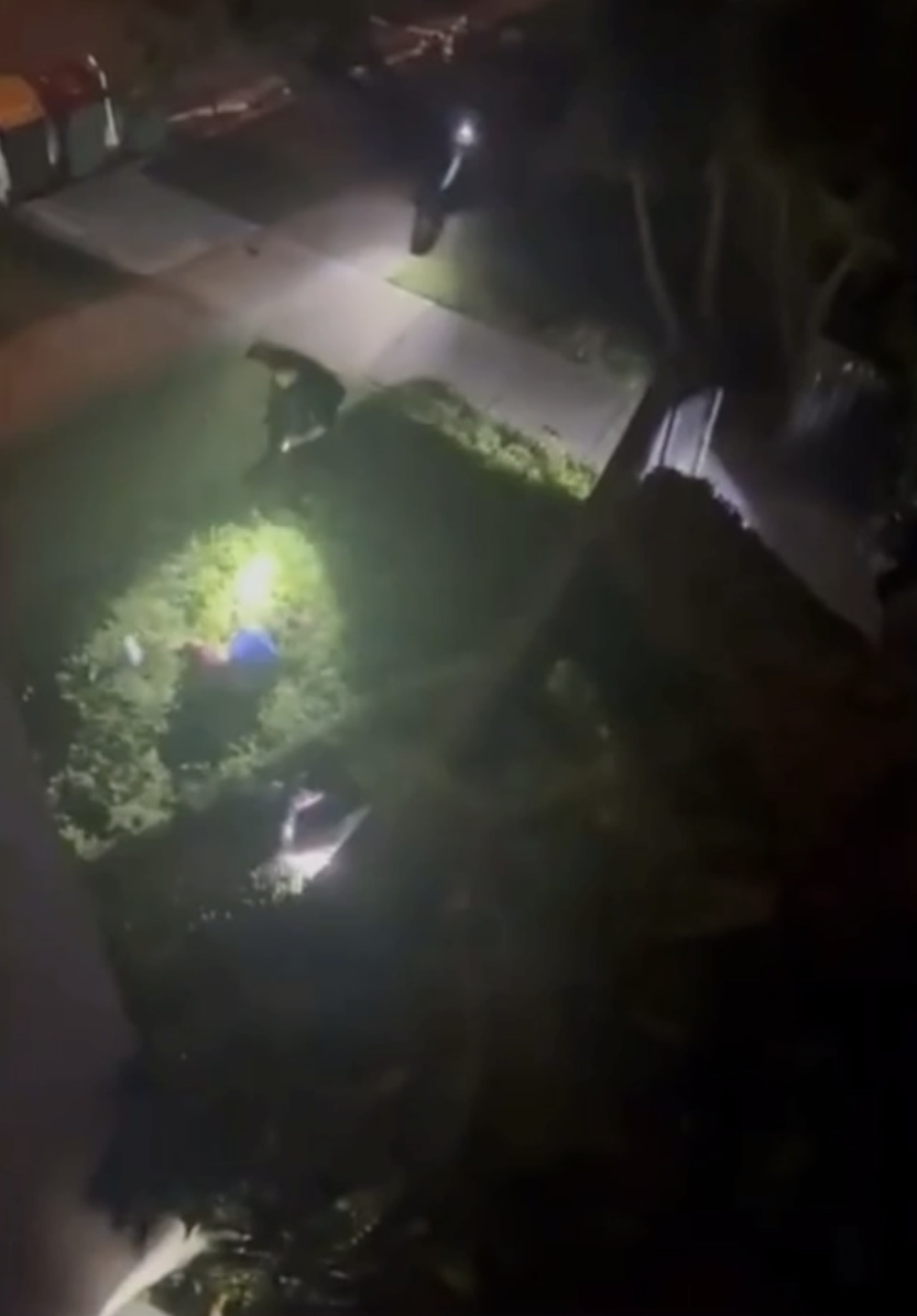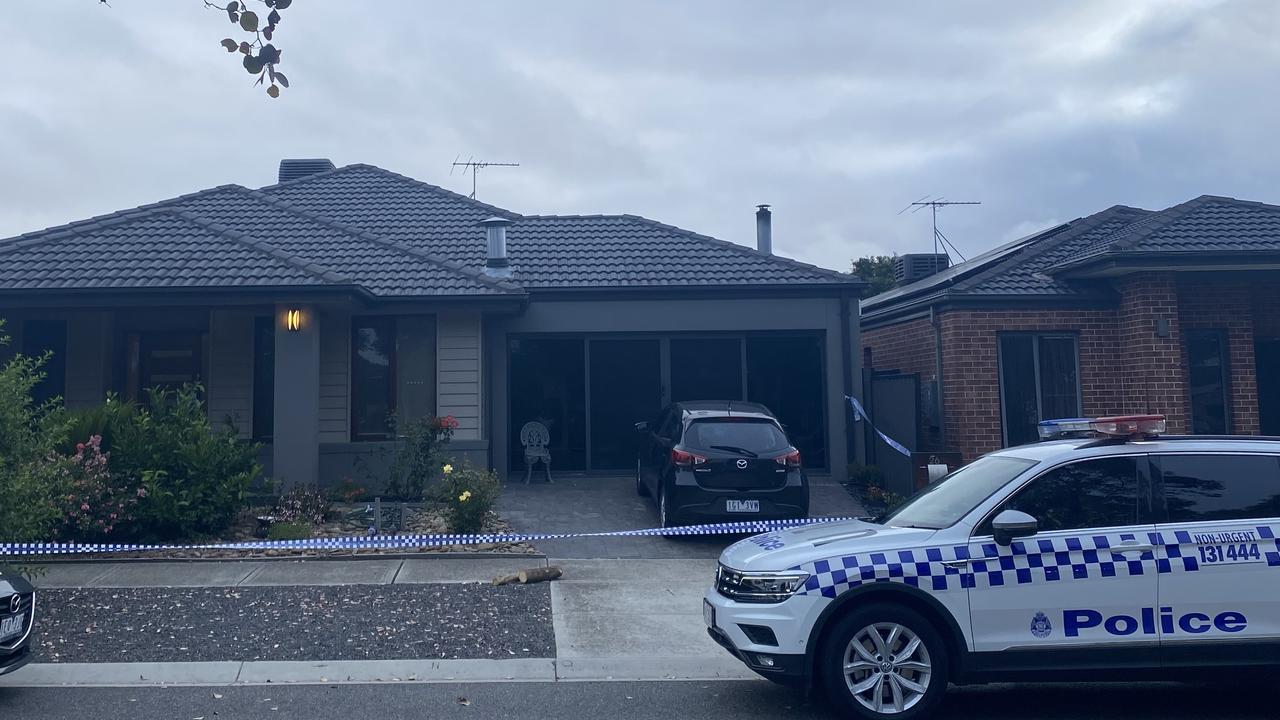Drones play key role in rescues as Victorian lifesavers performed 700 rescues in the past five months
A drone fleet is helping lifesavers perform rescues in the state’s waterways as well as carrying out shark surveillance and assisting emergency services.
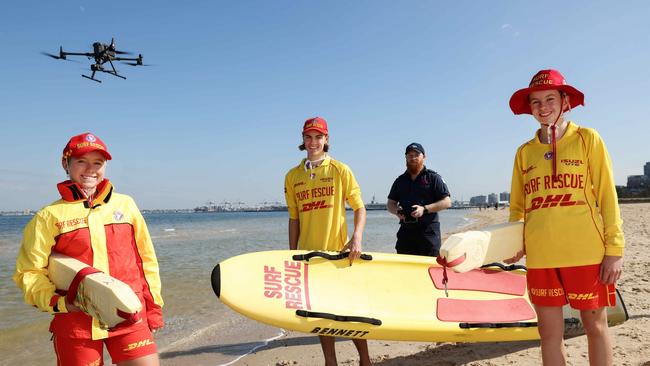
Emergency Services
Don't miss out on the headlines from Emergency Services. Followed categories will be added to My News.
Victorian lifesavers have performed a record number of rescues this season and reduced the year-on-year drowning toll with help from a boosted drone fleet.
More than 700 rescues in the water were performed from November 27, 2021 to April 22 this year, while crews carried out more than 140 major first aid jobs across the state.
Life Saving Victoria central area manager Liam O’Callaghan said it had been a bumper season, with rescues up 18 per cent on the year prior.
“Clearly things have been busy with life returning to normal after Covid,” he said.
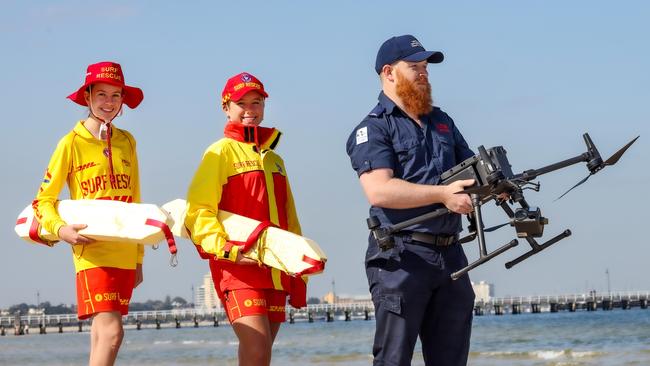
“Across the board lifesavers have been kept very busy. We have been really mindful that swimming lessons and access to pools has been limited over the past two years.”
Tragically 51 people lost their lives in Victorian waterways this season, all of which occurred at unpatrolled locations.
Mr O’Callaghan said close to half of this season’s drownings had occurred at inland waterways, often when people were boating and fishing.
Overall recorded drownings were down two per cent on the horror 2020/21 season, which was Victoria’s highest death toll in the water in 20 years.
Lifesavers attribute part of the decline to the use of drones, which provide crucial aerial intelligence from beaches and waterways.
Forty pilots and nine drones have assisted with a range of duties including regular patrols, shark surveillance and assisting emergency services.
Life Saving Victoria chief drone pilot James Coutie said the technology delivered real-time surveillance and was a key asset when Traralgon flooded in June 2021.
“It was amazing, we were going into some places that had been cut off due to infrastructure damage,” he said.
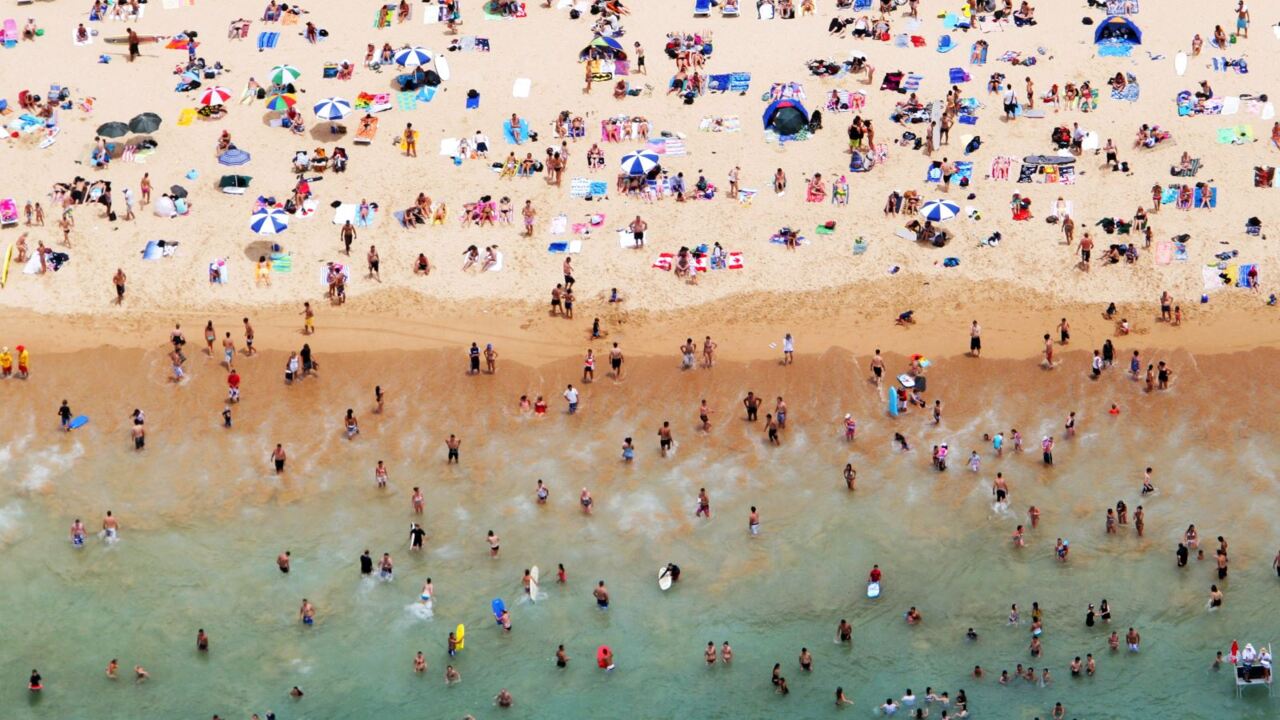
“We were the first people in there and we had people who were saying they were so happy to see us.
“We can get information straight away, the drones can get overhead and ensure members performing rescues are safe themselves.
“We can also get the condition of a patient. The footage is live streamed to the state communications centre straight away.”
In January this year a drone pilot was flying in a remote area near Anglesea and by fluke noticed three teenage girls caught in a rip in nearby water.
The pilot, also a trained lifesaver, rushed to the non-patrolled area at Urquharts Bluff and managed to save the struggling trio.
Police have also called upon the fleet of drones to help with missing persons searches, with many officers saying they can be invaluable during time-sensitive matters.
Mr O’Callaghan also works as a volunteer on weekends in the Westpac rescue helicopter.
He said he regularly sees people on boats, kayaks and stand-up paddle boards get “caught out” on the water when winds change quickly.
He encouraged people to be vigilant now the life saving season was concluding on Anzac Day.
“We want to remind Victorians this is the last weekend of patrols with the red and yellow flags, but the danger doesn’t stop,” Mr O’Callaghan said.
“We want people to always remain vigilant around the water. Be aware of changing conditions and consider your local pool if possible, where there are lifeguards.
“People don't just drown in beaches in summer, it can happen all year round.”
Life savers will recommence patrols in November this year.
WATER SAFETY TIPS DURING OFF SEASON
– Consider swimming at an open public pool where lifeguards can keep an eye on you
– Always actively supervise children – under fives should always be in arm’s reach, and under
10s in eyesight around water
– When boating/fishing always wear a lifejacket properly
– Never drink alcohol around water
– Enrol in swimming lessons in off season to prepare for next summer



